“What is that yellow fluff covering the bush in the corner?” I asked. It was my first spring living in the country, and I still had a lot to learn. I had been watching the snowdrops and the crocuses do their early spring color display, and I was keeping an eye on my lilac bushes, looking forward to their early burst of color and delicious aromas. But this yellow puffy stuff? Was it diseased? Even worse, were they plagued with large caterpillars?
I kept asking around and was finally given an answer: “Oh. That’s a pussy willow shrub.”
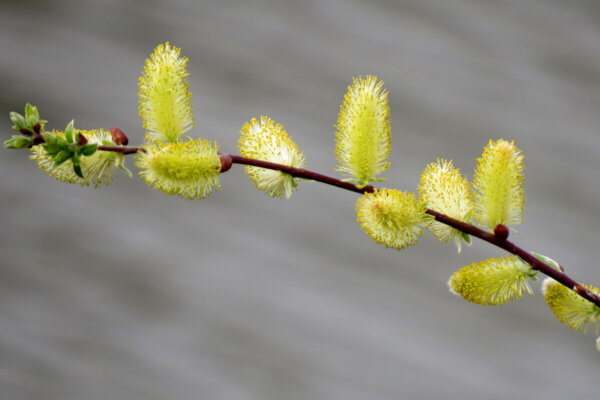
“Huh?” I queried. I had seen pussy willow branches adorning spring floral arrangements, and I remembered a pussy willow bush in the yard where I grew up. But the pussy willow I pictured had greyish-white puff balls scattered on the branches. Not these big puffs of yellow.
The source of my query explained. “Part of the genus Salix species. Salix discolor for the pussy willow, trees and shrubs, found in the wetlands of Canada and the eastern United States; Salix Caprea, or goat willow, which is native to Europe and Asia.” Obviously I had found someone well versed in Latin botanical names. “The pussy willow gets its character name from the grey furballs that pop in the early spring. These furballs are the male catkins before they come into full flower. The yellow puffs you see now are the catkins in full flower.”
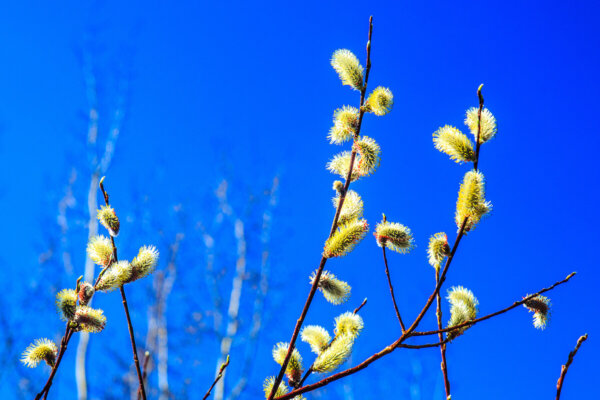
“Oh!” I was both thrilled and in awe that I had a pussy willow in my yard. I later discovered another one in a different part of the yard. I would have to observe more closely the next spring so I could see the catkins before they burst into flower, when the catkins were small, cat-like balls of fur. It is a rite of spring, after all, looking for those soft fur balls growing on branches. I couldn’t wait until the next spring when I would run my fingers gently over my very own pussy willows.
The following spring, my second year in the country, I greeted spring with a flooded yard and a sump pump working ferociously in the basement. I worried about my plants, most of which were totally submerged. But I needn’t have worried about the pussy willow. It thrives in damp, swampy areas. In fact, I soon learned that my pussy willow was helping with the drainage in the flooded area around it. Mother Nature once again taking care of things.
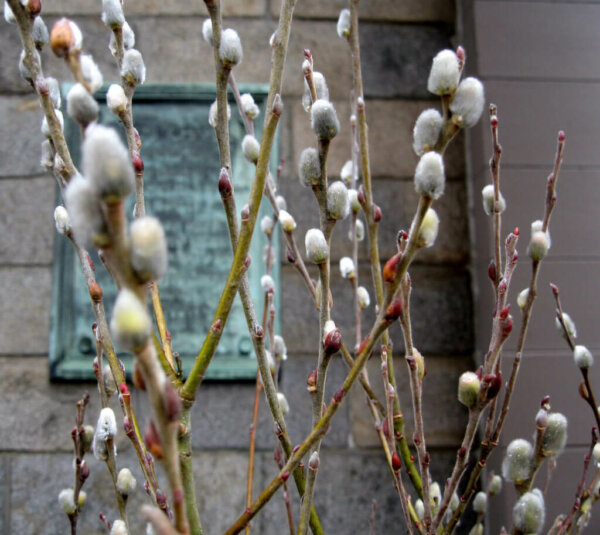
I slogged through the deep mud to enjoy the fur balls as they appeared. The floodwaters receded, and my pussy willow’s catkins transformed into yellow puffs. My shrub had flowered. Leaves would soon follow. Spring was here.
I decided I wanted more pussy willows in my yard. The easiest way to grow more of anything, and it works most of the time, is to take a clipping and allow it to root. I decided to try this with my larger pussy willow. I waited until the catkins had finished their annual spring show and then pruned a newly grown twig, about a foot in length, off the shrub.
I stuck the cut end in moist soil and kept it well watered for weeks, until I noticed new growth and was satisfied that my experiment had worked. Pussy willows love the sun, but they also love to be well watered. Hence their affinity to growing in wetlands.
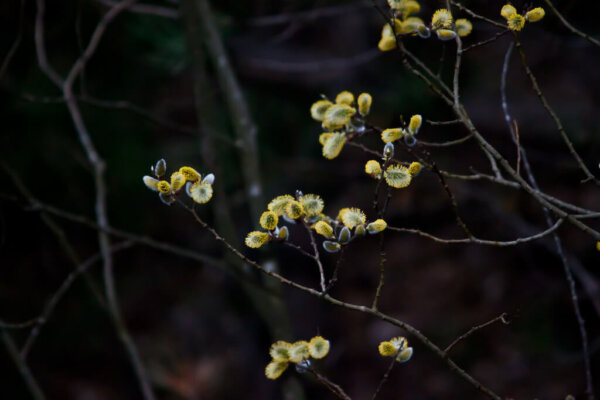
The second summer on my country property was very hot and dry. In fact, the entire area around me suffered a drought, and I had to conserve water to avoid the well drying up. My pussy willows suffered as well, the larger one especially. In the fall, I had to prune a number of dead branches. But, I discovered, the following year, both pussy willows came back to life with exuberance and lots of new growth. I realized that this shrub, which can also potentially become a tree, did much better, drought or not, with regular pruning to keep it from becoming too large and unruly. It also looked better.
Related Post: Best Pruning Saw
The best time to prune is always in the late fall or even in the winter months. I usually prune late fall, as winter always brings considerable snow and ice, making my pussy willows difficult to reach, at least safely.
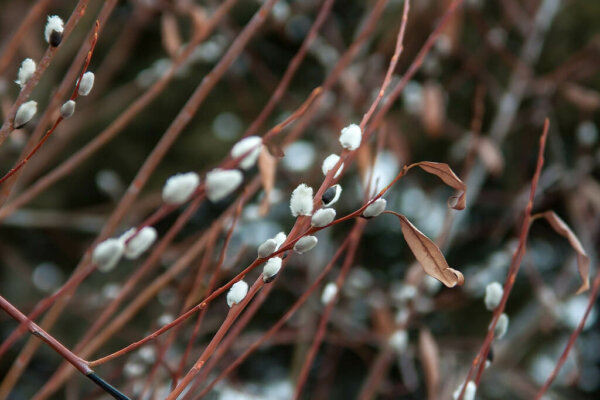
I know many people like to prune their pussy willows in the spring and bring the clippings, full of those cute little fur balls, inside to enjoy. Kept in a vase of water, the clippings can keep for a week. After all, pussy willows love water. My preference is to keep them outside and enjoy them where they belong – in their natural environment.
They do attract wildlife. Those cute little puffballs are full of vitamin C and zinc, and wild animals like beaver, muskrat, deer, red squirrels, grouse and snowshoe hares like to add these puffballs to their diet. Fortunately, so far, only the red squirrels are a problem to my pussy willows. Though I have seen deer taking an interest, they tend to be distracted once they discover my hostas. And since I have full bird feeders scattered around the property, there’s plenty of nutritious seeds to detract many of these critters from my pussy willows.
Speaking of bird feeders, it’s good to know that my pussy willows are favored nesting sites for goldfinches and other songbirds. And I have a lot of songbirds that frequent my feeding areas. I keep hoping they’ll decide to nest in one of my pussy willows.


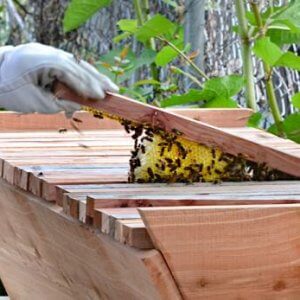




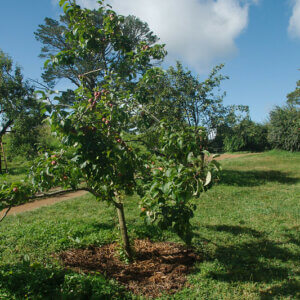















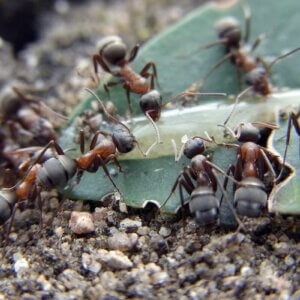
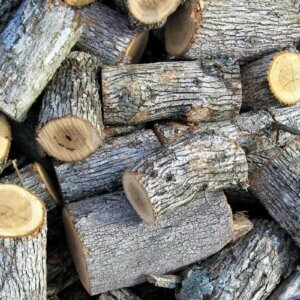



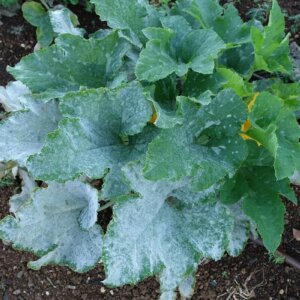


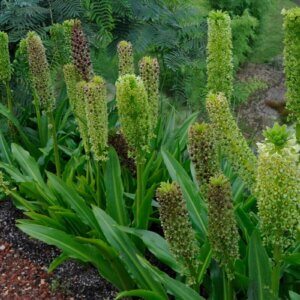
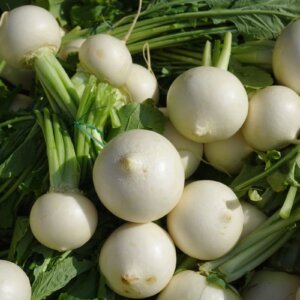

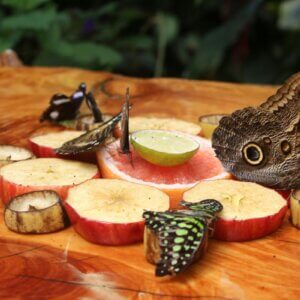
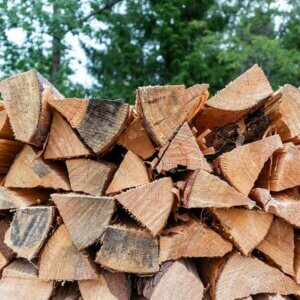
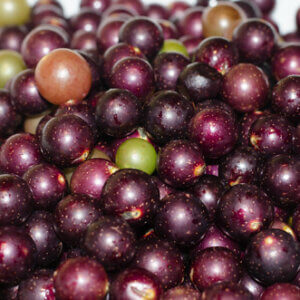



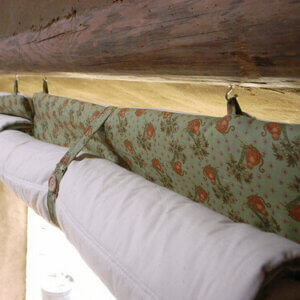

Pussy willows are great for soaking up water! A man from Charlotte came in and bought up the land behind our house to build his house. The land to him looked like and overgrown tangle of scrubland, but to us, we knew it was the watershed for the creek behind our house. After lots of heated arguments about what he was doing to the property, he ended up covering piping and covering most of the creek. What happened? Our yard Flooooded. Our solution? Pussy willows! (and buying a house to move to out in the country 🙂
Great tips on how to keep them happy and healthy!